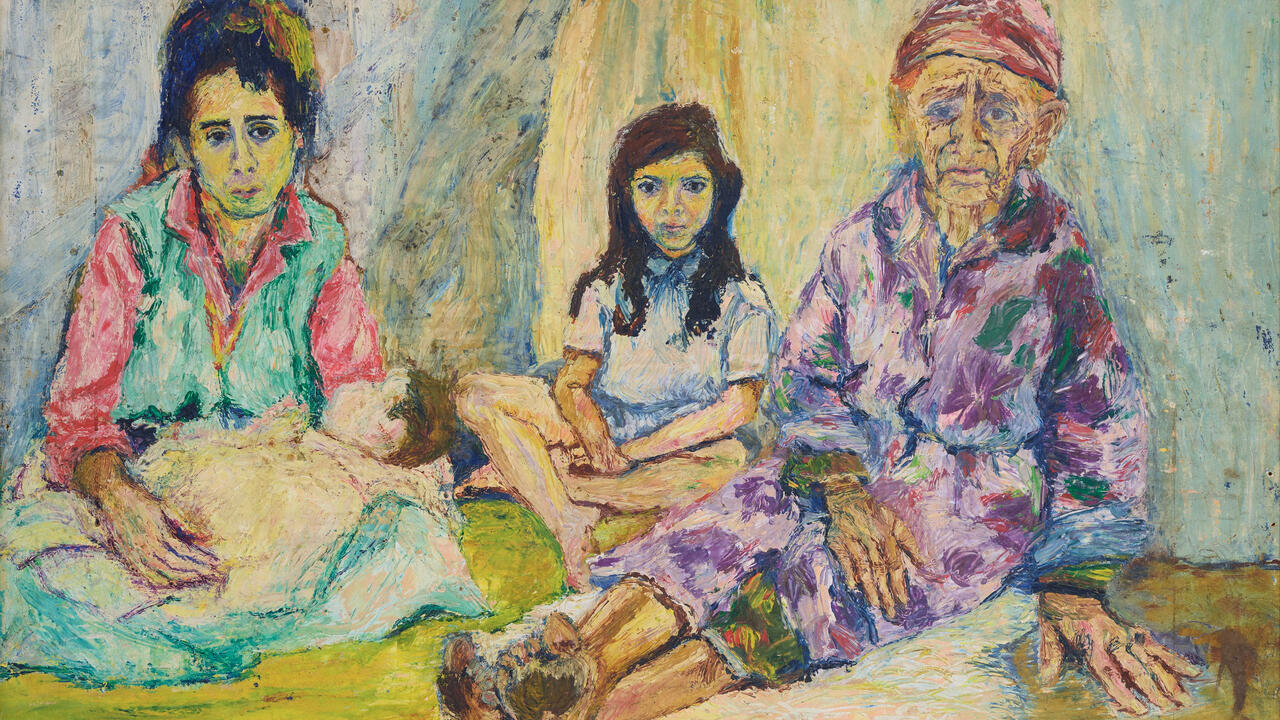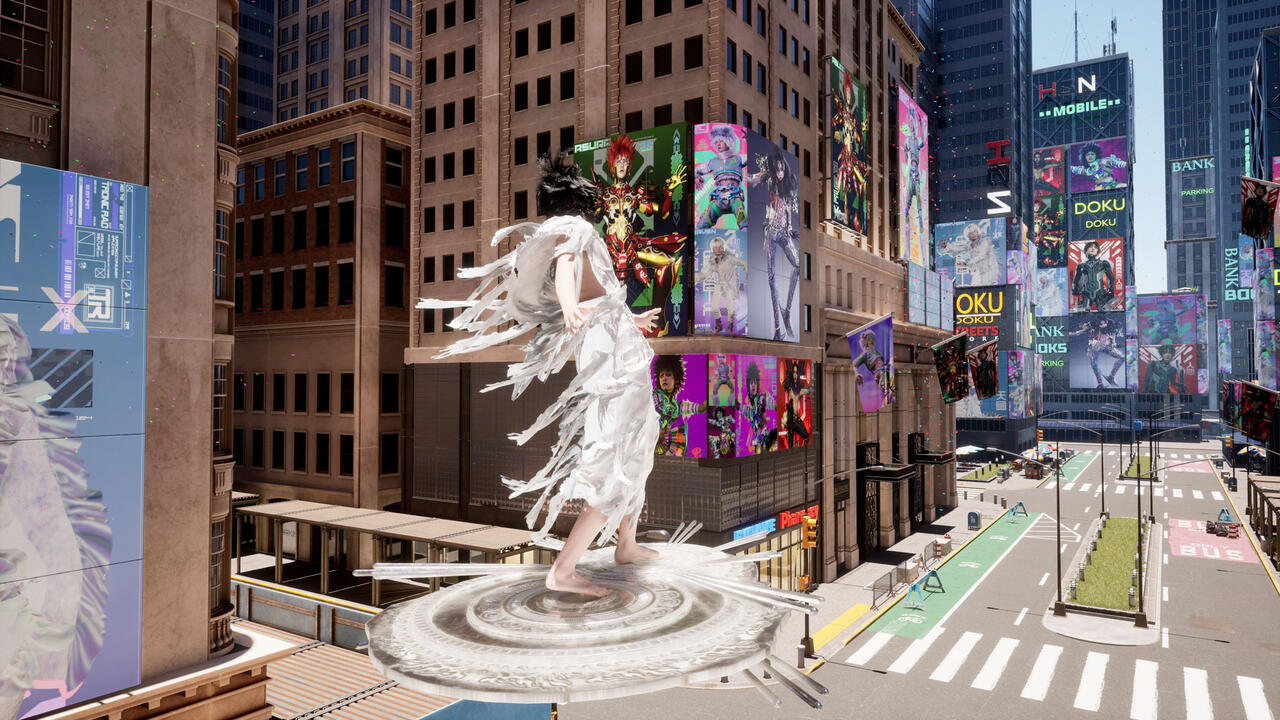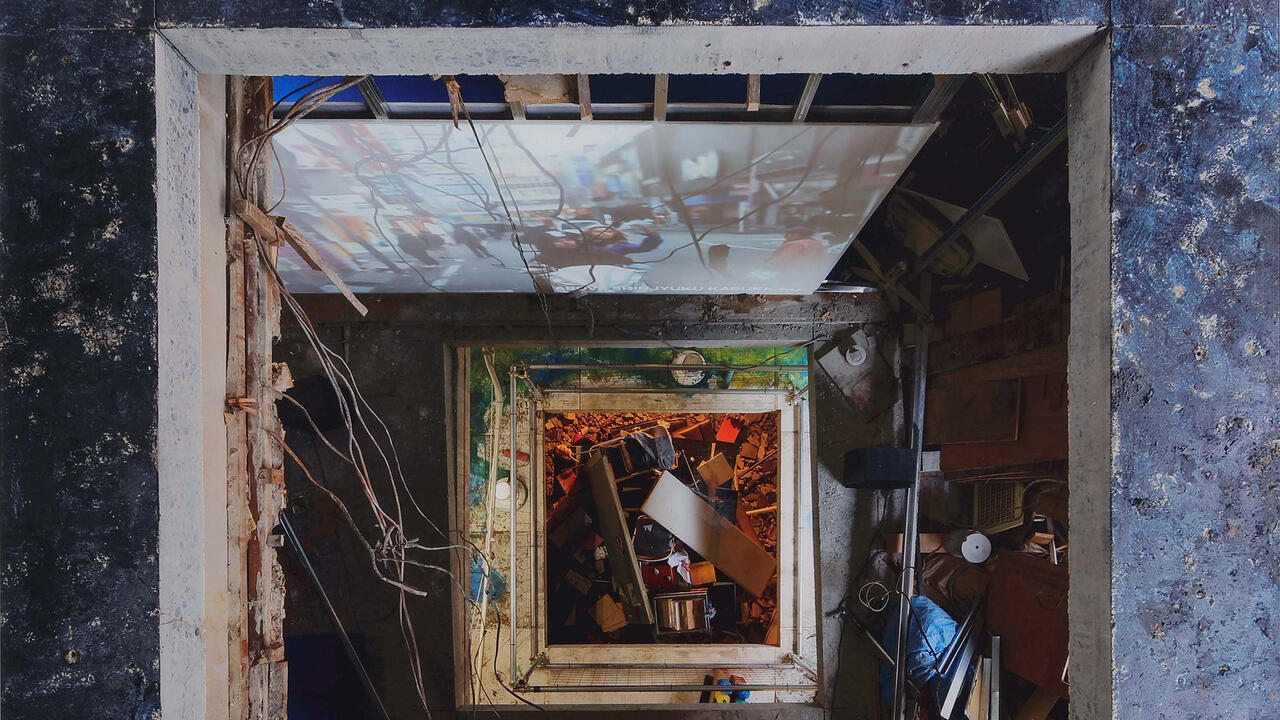Life in Film: Raqs Media Collective
In an ongoing series, frieze asks artists and filmmakers to list the movies that have influenced their practice
In an ongoing series, frieze asks artists and filmmakers to list the movies that have influenced their practice

The members of Raqs Media Collective (Jeebesh Bagchi, Monica Narula and Shuddhabrata Sengupta) have been described as artists, media practitioners, curators, researchers and editors. Their work, which has been exhibited widely in local and international venues, locates them squarely along the intersections of contemporary art, historical enquiry, philosophical speculation, research and theory – often taking the form of installations, online and offline media objects, performances and encounters. They live in Delhi, and are based at Sarai, Centre for the Study of Developing Societies, an initiative they co-founded in 2000. They are members of the editorial collective of the ‘Sarai Reader’ series, and are co-curating Manifesta 7 in northern Italy for the summer of 2008.
Films are like landmarks. Memories of watching films together, watching them again after many years on the tiny screen on the back of an airplane seat, downloading them from a film-sharing website, sharing them, arguing about them, learning from them, becoming enamoured of them or indifferent to them: these are all signposts in a continuing journey. Here is one makeshift and eclectic itinerary, not just of films but of things learnt from films. There could be many others, but this one seemed to suggest itself during a few days spent building a lighthouse inside an abandoned cinema.
Asked to shoot his first film at the age of 21, Subrata Mitra found the lighting of interiors in the world cinema of the day (the 1950s) artificial. To give the rooms, corridors and inner courtyards of his own films a feeling of light as he experienced it, the feel and texture of the ‘shadowless’ interiors of a Calcutta tropical summer, he innovated his own light-boxes and diffusion and reflection materials. Mitra, who shot Satyajit Ray’s early films, including the Apu Trilogy (1955–60) and Charulata (The Lonely Wife, 1964), was a solitary maverick. He had a deep love of cinema, light meters, bad Indo–Chinese food and endless conversation. We learnt about him during the five years we researched the history and practice of cinematography in India.
Allied to Mitra’s liberation of cinematography from a dependence on heavy industrial lighting fixtures was K.K. Mahajan’s decision to improvise and experiment with film stock, lighting and handheld camera shooting, notwithstanding limited budgets and severe shortages of film stock and equipment. In film after film – Sara Akash (The Big Sky, 1969), Uski Roti (Our Daily Bread, 1970), Calcutta 71 (1971), Maya Darpan (Mirror of Illusion, 1972), Chorus (1974) – he achieved remarkable results that helped inaugurate a new attitude to image-making in the late 1960s and early ’70s in Mumbai and Calcutta. The legacy of Mitra and Mahajan is a confidence about making art with very spare means. The intelligence of an image is not necessarily coincident with its carbon footprint.
The understated élan of two comedians and character actors, Robi Ghosh and Johnny Walker (Badruddin Kazi), demonstrated that the throwaway performances about the adventures of the little man can have a more enduring place in history than the histrionics of a star. Their separate careers – Ghosh’s in Bengali and Walker’s in Hindi cinema – saw them perform a robust, quizzical, subaltern urbanity on the screen. Their on-screen personae (which they could deploy as character actors) were whimsical and sceptical annotations to the more earnest contours of the narratives they found themselves in. They brought to life the middle-men, charmers, fixers, hustlers and flunkeys of post-independence urban India in a way that could help undo the grandiose and sentimental aspiring towards a heroic national self.
Ajantrik (The Unmechanical, 1958) by Ritwik Ghatak refused to believe that an ageing automobile is a thing without a soul. Ajantrik is a film about a solitary taxicab driver in a remote provincial town in the middle of Bengal, and his relationship with his run-down car. An amalgam of automobile fetishism and technological hubris, it serves as an ironic, sentimental but bittersweet obituary for early modernity and its eccentric inner world.
A viewing many years ago at the Goethe-Institut in New Delhi of Hartmut Bitomsky’s essay film Reichsautobahn (1986) brought home the relationship between infrastructure, motorways, cars, the will to power and capitalism’s ability to conjure up euphoric participation. As the image-building of the emerging economies currently goes into hyperbolic overdrive, and big dreams are sold on the back of millions of nano-mobiles, Bitomsky’s car-chase through history seems fresh, like recent roadkill. Tengiz Abuladze’s fabulist critique of the pettiness of totalitarianism in Monanieba (Repentance, 1984) remains as a caution, in cinematic shorthand, about the intoxication and lethal euphoria of power and progress.
Das Leben der Anderen (The Lives of Others, 2006) by Florian Henckel von Donnersmarck makes us pay attention to what it means to listen. It marks the tracks left by the casual and accidental intimacies of surveillance. We might like to think that those who watch what we do and listen to what we say will become philosophical rather than unkind. We know this does not happen, and that secret policemen do not become gentle saints. But cinema can occasionally help us privilege what could be, in the face of what so brutally is.
Buster Keaton’s performance about a man who runs away from his own face, and indeed anything remotely resembling a face, in a strange little film written by Samuel Beckett called Film (1965), talks about the terror of perception, recognition and visibility.
Obversely, Ki-duk Kim’s film Bin-jip (3 Iron, 2004) brought home to us the consolations of invisibility. The film features a protagonist whose reticence borders on perceived insignificance. He becomes a silent and compassionate witness to the lives of others by breaking into their homes (without intent to commit violence, robbery or damage). Eventually, he is transformed from being virtually to actually invisible – training himself to remain outside the peripheral vision of people, who, in any case, hardly even see when they look – to all but those who look out for him. The film portrays self-effacement and imperceptibility as acts of choice rather than of compulsion.
Harun Farocki’s silent film Aufschub (Respite, 2007) presents archival footage of a Nazi transit camp in the Netherlands, where Jews are shown dancing, smiling and harvesting grain. The film examines this footage in relentless detail for the things it does not reveal. It shows how fine the line between the reading and misreading of images can be. The exercise is haunting not because it shows violence, but because it exhibits the absence of violence in a context that can be comprehended only through a prior understanding of terror. Finally, the breathless whisper of Richard Attenborough in countless natural history documentaries seen on television, when he holds his face close to some momentarily still specimen of exotic fauna, perhaps a geriatric Galapagos tortoise. For no other reason than to say that sometimes, watching moving images is all about being outside and/or beside yourself, switching constantly between being the object and subject of attention, between being the whispering, observant, attentive naturalist and the oblivious, observed, indulgent tortoise.






















